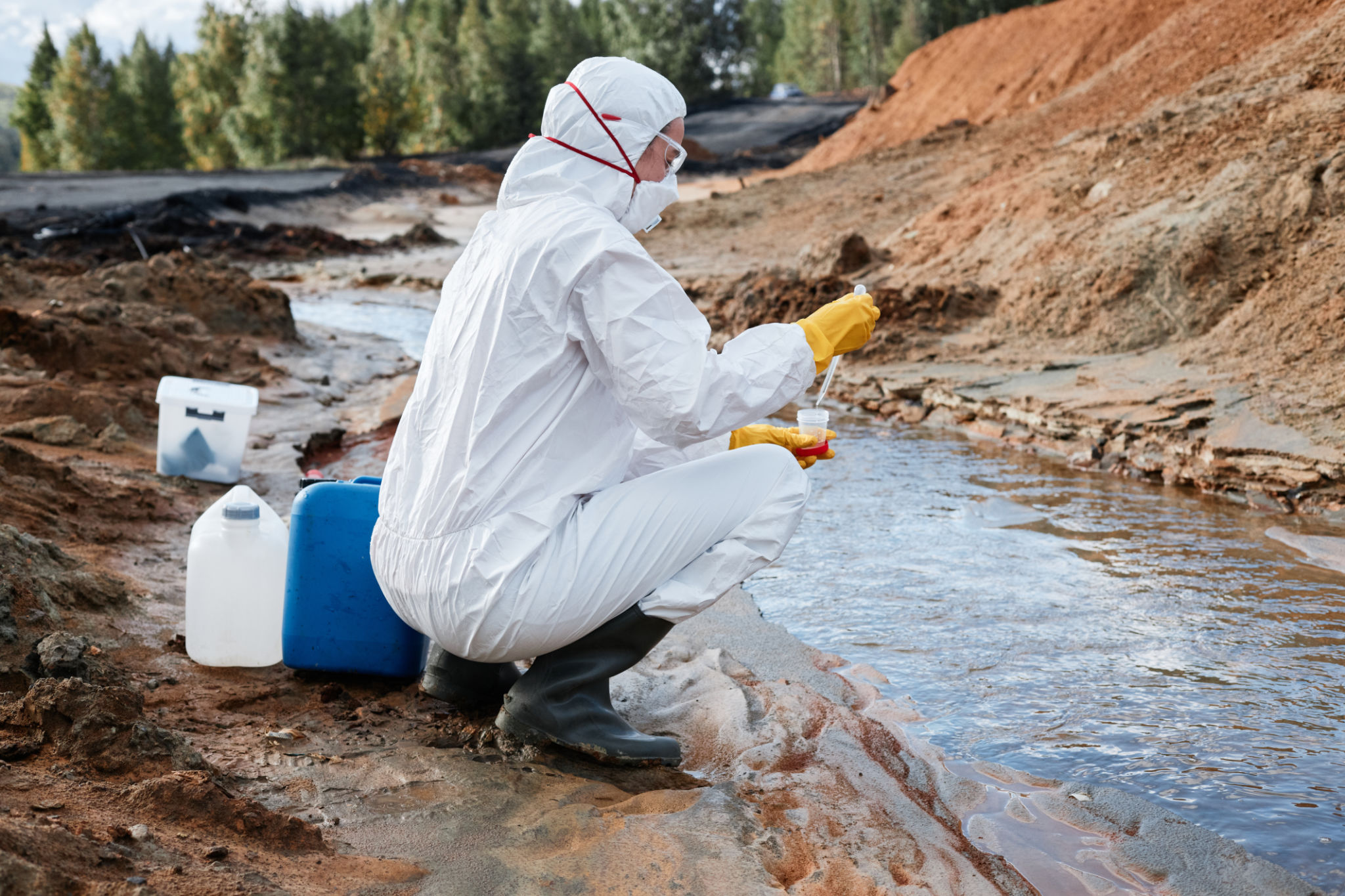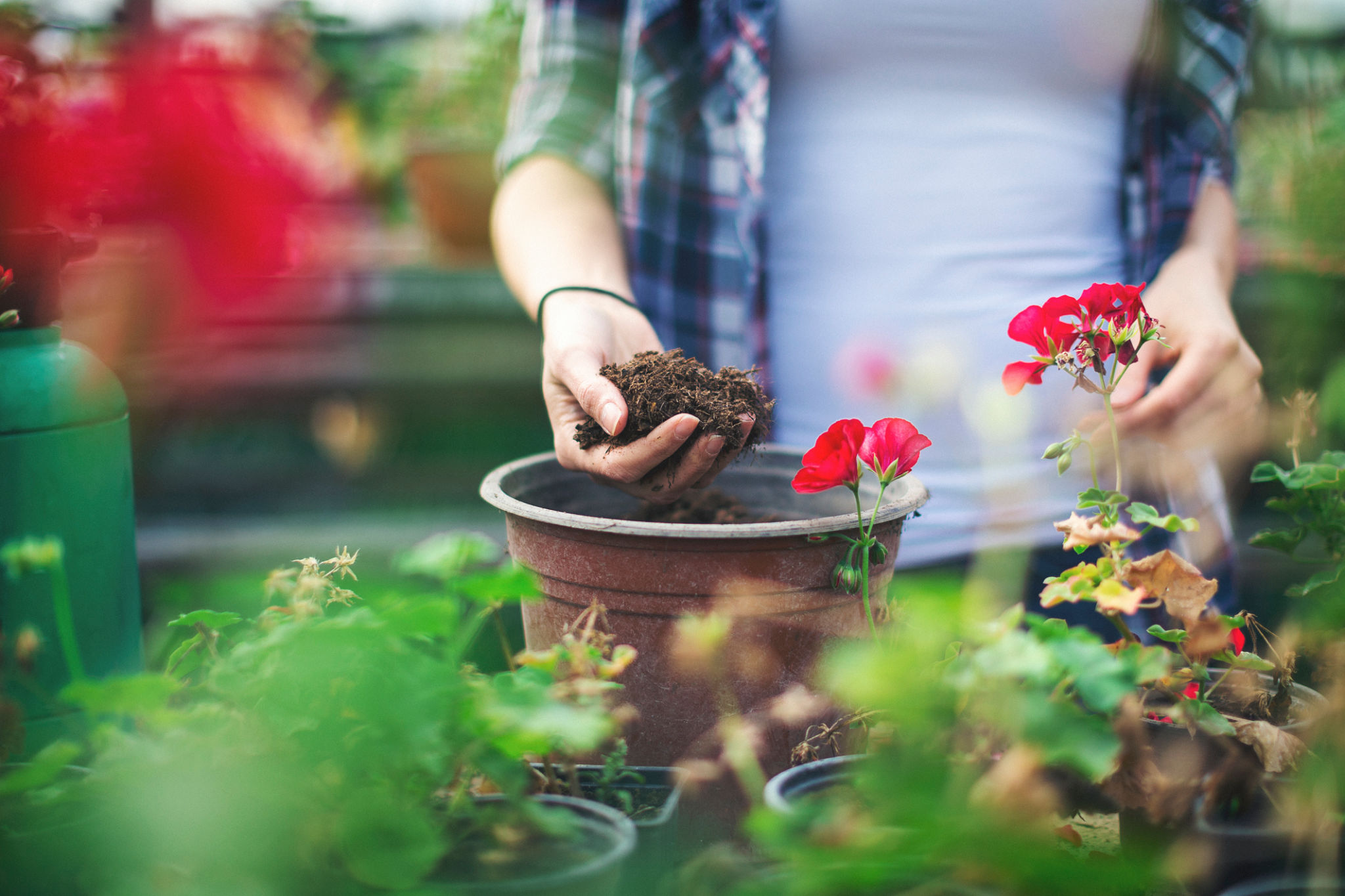Common Landscaping Mistakes and How to Avoid Them
Overlooking Soil Quality
One of the most common landscaping mistakes is neglecting the quality of the soil. Many homeowners plant flowers, shrubs, and trees without first ensuring the soil is suitable for growth. Poor soil quality can lead to stunted growth and unhealthy plants. To avoid this, it's crucial to test the soil and amend it with necessary nutrients before planting.
Soil amendments can include adding organic matter like compost or peat moss, which helps improve soil structure and fertility. For those unsure about the soil's condition, professional soil testing services can provide detailed insights and recommendations.

Improper Plant Selection
Choosing the wrong plants for your landscape can lead to disappointment and extra work. It's important to select plants that are suited to your region's climate and specific conditions of your yard, such as sun exposure and soil type. Research and planning are key to successful plant selection. Consider native plants as they are adapted to the local environment and typically require less maintenance.
Another common mistake is not considering the mature size of plants. Many people plant trees and shrubs too close together, not realizing how large they will grow. This can lead to overcrowding, which affects plant health and aesthetics. Always check plant labels or consult with a nursery expert to understand how much space each plant will need.

Neglecting Proper Watering Techniques
Watering is essential for plant health, but many homeowners either overwater or underwater their plants. Overwatering can lead to root rot, while underwatering can cause plants to wilt and die. Understanding the water needs of your plants is crucial. Some plants require more water than others, especially during hot, dry periods.
Investing in an irrigation system can help ensure plants receive the right amount of water consistently. However, for those who prefer manual watering, it's vital to develop a watering schedule based on seasonal changes and weather conditions.

Poor Landscape Design
A well-designed landscape should be both functional and aesthetically pleasing. However, a common mistake is not considering the overall design of the space. This can result in a disjointed appearance and inefficient use of space. Planning the layout, including pathways, seating areas, and focal points, is crucial.
Utilizing design principles such as balance, contrast, and harmony can create a more cohesive and attractive landscape. If design isn't your strong suit, consulting with a professional landscaper can provide valuable guidance and ideas to enhance your outdoor space.
Ignoring Regular Maintenance
Once your landscape is established, ongoing maintenance is essential to keep it looking its best. A common oversight is failing to maintain the landscape through regular tasks such as pruning, weeding, and fertilizing. These tasks help ensure plants remain healthy and prevent the spread of pests and diseases.
Setting up a maintenance schedule can help keep track of what needs to be done and when. Regular attention to the landscape not only enhances its appearance but also increases the longevity of the plants and overall design.

Inadequate Lighting
Outdoor lighting can transform a landscape, providing safety and ambiance. Failing to incorporate adequate lighting is a mistake that can limit the use of your outdoor space after dark. Strategically placed lighting highlights features such as pathways, gardens, and water elements, adding depth and dimension.
Options include solar lights, LED fixtures, and low-voltage systems, which are both energy-efficient and effective. Consider a combination of different lighting types to create a layered effect that enhances the beauty of your landscape at night.
